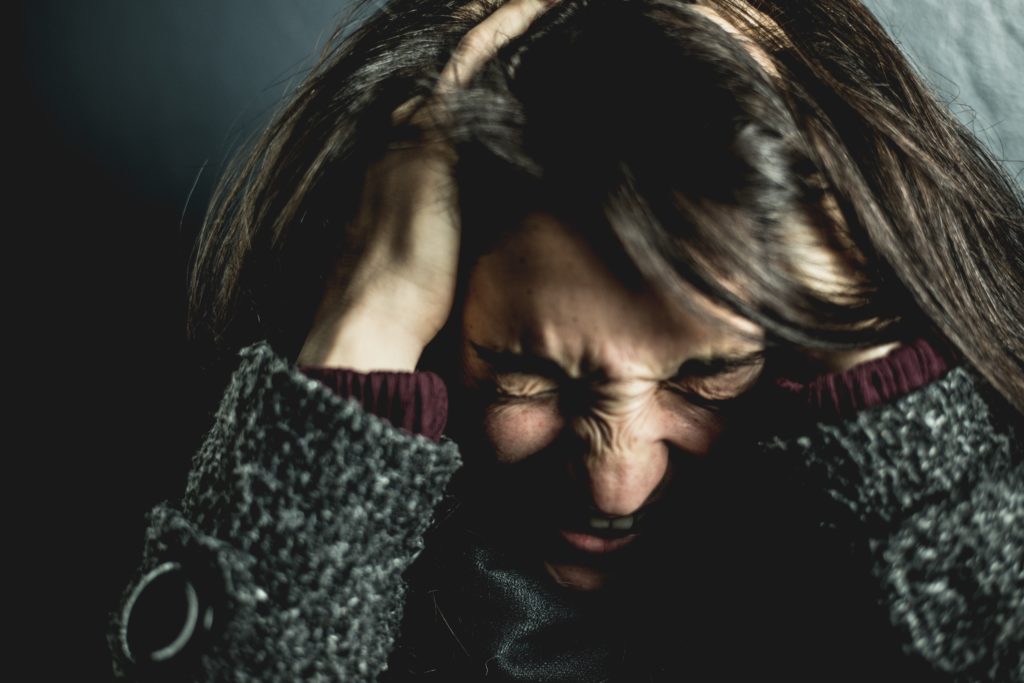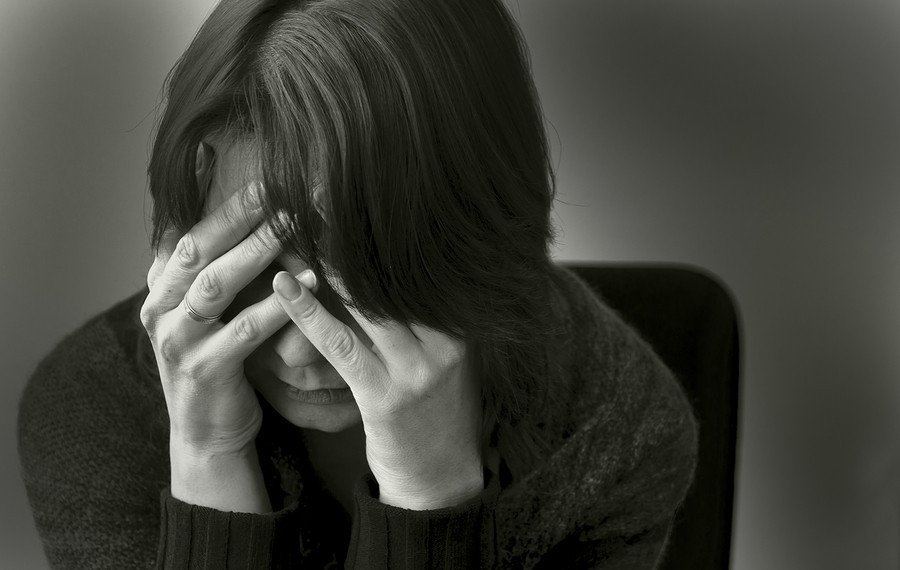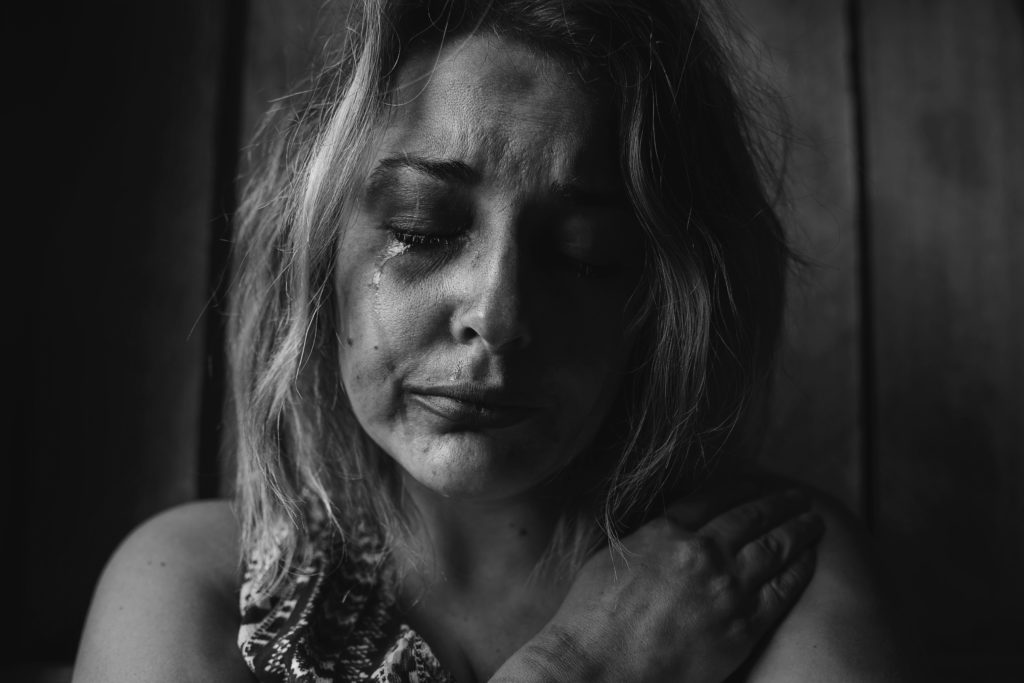
Table of Contents
- What is Anxiety
- What Are Panic Attacks
- Difference Between Anxiety and Panic Attacks
- Panic Disorders
- Anxiety and Panic Attacks
- Anxiety Symptoms
- Panic Attack Symptoms
- Conclusion
What is Anxiety
Anxiety is an uncomfortable feeling, like worrying or dread, which may be mild or extreme. Anxiety that is too persistent or intense may make the person feel preoccupied, distracted, stressed, and constantly alert.
When feelings of great fear and anxiety become overwhelming and interfere with our ability to perform daily activities, anxiety disorders can be a reason why. Typically, an anxiety disorder involves repeated episodes of feeling suddenly anxious and frightened or terrified, reaching a climax in minutes (panic attacks).
Anxiety disorders are different from common feelings of nervousness or worry, involving extreme fear or worry. Anxiety disorders are a category of mental health diagnoses resulting in excessive nervousness, fear, anxiety, and worrying.
These disorders change the way an individual processes emotions and acts, also leading to physical symptoms. Anxiety disorders The length or intensity of anxious feelings sometimes exceeds the initial trigger, or source, of stress.
You might have an anxiety disorder if you frequently feel afraid, anxious, or stressed, or if you are constantly worrying about what is going to happen. When feelings of great fear and anxiety become overwhelming and stop us from doing daily activities, anxiety disorders can be a reason why.
You may even experience physical signs of anxiety, like your heart racing and you sweating. Anxiety can make you sweat, feel anxious and stressed, and your heart rate quickens.
Anxiety, which can require treatment, makes the sufferer feel like he or she has no control over his or her feelings, and may include serious physical symptoms such as headaches, nausea, or shaking.
When anxious feelings are persistent, occur for no specific reason, or cause difficulty in handling everyday life, they can be the signs of an anxiety disorder.
Agoraphobia (ag-uh-ruh-foe-be-uh) is a type of anxiety disorder where you are afraid of, and frequently avoid, places or situations that could make you panic and feel trapped, powerless, or ashamed.
What Are Panic Attacks
A panic attack is an intense sudden feeling of fear, which can occur anywhere, anytime. Fear of having a panic attack may impact the behaviours of the panicky individual, as well as their ability to function in everyday life.
Someone with panic disorder has feelings of anxiety, stress, and panic that occur on a regular basis and at all times, often without a clear cause. People who experience repeated, constant attacks, or feel extreme anxiety over having another attack, are said to have panic disorder.
A panic attack causes a sudden, short-lived sense of fear and intense physical reactions to normal, not-threatening situations. A panic attack is sudden, intense fear or anxiety that can leave you breathless or dizzy, or your heart racing.
Panic attacks are sudden periods of intense fear and distress, which can include pounding heart, sweating, chest pain, shaking, breathlessness, numbness, or feeling like impending doom or losing control. Panic attacks occur suddenly, and they involve intense, often overwhelming, fear.
Panic attacks are brief periods of intense fear and distress, which can include heart palpitations, sweating, chest pain, shaking, shortness of breath, numbness, or the sense of impending doom or loss of control.
Panic attacks can also have physical symptoms, including shaking, a sense of disorientation, nausea, rapid, irregular heartbeat, dry mouth, breathlessness, sweating, and dizziness.
The memories of intense fear and terror that you experience in repeated panic attacks negatively affect your confidence and can severely disrupt your daily functioning.
Without assistance, this fear causes people to avoid certain situations and may hinder their lives, even when they are not having a panic attack.
People with panic disorders experience sudden, repetitive attacks of fear lasting a few minutes or more.
According to the Diagnostic and Statistical Manual of Mental Disorders, Fifth Edition (DSM-5), panic attacks are characterized by a seismic wave of acute fear or severe distress that reaches a peak in minutes, and includes four or more of the symptoms described above.
A panic attack causes a sudden, short-lived sense of fear and strong physical reactions to normal, non-threatening situations.
The Difference Between Anxiety and Panic Attacks
Understanding the differences between a panic attack and an anxiety attack can seem confusing because many symptoms are very similar. Knowing the differences between a panic attack and an anxiety attack can help you understand symptoms both before and during an episode.
Sometimes panic attacks and anxiety attacks may be used interchangeably, though they do not look and often feel similar, even though they both involve strong emotions.
Anxiety is marked by an ongoing sense of anxiety, while panic attacks occur in brief flashes which dissipate.
Anxiety is marked by excessive thoughts and feelings of irrational fear and anxiety, while panic disorder is marked by episodes of panic attacks that are accompanied by physical symptoms.
Anxiety and panic disorders are marked by constant or intense worrying about real or perceived threats, and both cause physical symptoms.
Similar symptoms arise from the differing things that anxiety and panic attacks trigger in your body. In practice, though, panic and anxiety share a number of characteristics, and behavioral health professionals use the terms to refer to specific symptoms and disorders.
Panic attacks can also make you feel helpless and hopeless and takes more to treat a panic attack and get it to stop. Regular anxiety can be much more manageable and treatable than a panic attack.

Panic Disorders
Someone with panic disorders has feelings of anxiety, stress, and panic that occur frequently and at all times, often without a clear cause. In some cases, physical symptoms of panic can lead to feelings of worry that something is physically wrong with you.
An individual being diagnosed with an anxiety disorder does not necessarily mean they are going to have panic attacks, since there is a wide range of anxiety disorders, from Generalized Anxiety Disorder, Obsessive-Compulsive Disorder, to Panic Disorder, with several others falling between.
Panic disorder is a type of anxiety disorder that is diagnosed when individuals experience repeated panic attacks followed by a minimum one-month duration of having fear of a panic attack coming.
Panic Disorder is an anxiety disorder in which you have regular, sudden attacks of panic or fear. Panic disorders can be very disruptive in everyday life, leading to people missing work, having to make lots of medical appointments, and avoiding situations where they are afraid of having panic attacks.
You might be diagnosed with panic disorder if you experience frequent, unexpected panic attacks followed by at least one month of constant worrying or worrying that you will experience more attacks. If you have had repeated, unexpected panic attacks and spent a prolonged period in persistent fear of having another attack, you may have a condition called panic disorder.
While many people have just one or two panic attacks with no additional episodes or complications–and if this is you, there is little reason to worry–some individuals continue on to develop panic disorders. People with panic disorder are more fearful of actual attacks than of particular objects or events; their fear about flying, for example, is not so much that a plane will crash as it is that they will suffer a panic attack in a place, such as an airplane, where they cannot reach help.
For some people, panic disorder can involve agoraphobia: avoidance of places or situations that make you anxious, because you are afraid that if you suffer from a panic attack, you cannot escape or get help.
Anxiety and Panic Attacks
Anxiety and panic attacks are linked to each other. Nowadays, anxiety and panic attacks are very common psychological disorders. However, most people don’t know the difference between anxiety and panic attacks. This article will discuss the difference between anxiety and panic attacks. Anxiety is a feeling of unease, worry or fear.
Panic attacks are sudden episodes of intense fear that may include palpitations, sweating, shaking, shortness of breath, numbness, or a feeling that something bad is going to happen. -Anxiety disorders are the most common mental health disorders in the United States. Anxiety is a general feeling of unease.
It is normal to feel anxious before an important event, such as a job interview, public. For more information on anxiety disorders, check out our full list of mental health articles. There are many types of anxiety disorders, each with their own signs and symptoms. Generally, anxiety is characterized by a feeling of worry, nervousness, or unease without a clear or logical reason.
Anxiety, Fear and Panic Attacks What is the difference between anxiety and a panic attack? A panic attack, also called an anxiety attack, is a sudden, intense and overwhelming sense of anxiety and/or fear. A person having a panic attack may feel like they are in danger or What is the difference between anxiety and a panic attack? A panic attack, also called an anxiety attack, is a sudden, intense and overwhelming sense of anxiety.
Anxiety, panic attacks and depression are all common mental health conditions that can affect a person’s life, work and relationships. It is important to know that all of these conditions can be treated effectively, but it is equally important to know when you should seek help. A person will often experience multiple episodes of depression and anxiety throughout their life — especially during difficult times.
However, there are times when symptoms are more severe and require professional assistance. Have you ever wondered how anxiety and panic attacks differ, or how you can tell the two apart? Most people who are struggling with a mental illness will experience a certain level of anxiety, but what does that mean for those who struggle with an anxiety disorder? Panic attacks can turn into panic disorder.

Panic attacks, on the other hand, are short bursts of intense fear often marked by increased heart rate, brief chest pain or shortness of breath. Typically lasting fewer than 30 minutes, they could occur once or repeatedly — sometimes without reason. These episodes can send patients to the emergency room, as they are sometimes mistaken for a heart attack.
Panic disorder is a diagnosed mental health disorder that differs from other types of anxiety disorders in that panic attacks occur unexpectedly and generally unexpectedly. Panic disorder usually begins in adulthood (after age 20), but children can also have panic disorder and many children experience panic-like symptoms (“fearful spells”). What can people do to reduce the negative effects of stress on their physical and mental well-being? Psychologists are discovering that one of the best tools available is exercise.
What are panic attacks? Panic attacks are sudden, overwhelming and extreme moments of anxiety. They are often accompanied by physical symptoms such as heart palpitations, chest pain, sweating and trembling. You can have a single panic attack or have them repeatedly. What causes panic attacks?
The causes of panic attacks are complex and not yet fully understood. They can be caused by physical, psychological and social factors. It is thought that the particular way your brain processes information about danger and threat may be involved. It is also thought that in some cases panic attacks can run in families. It is not known why this is. What can happen? People can experience physical symptoms, such as a racing heart, shortness of breath and chest pain People can also be overcome with anxiety and feel as though they will faint or die People may feel detached from the situation and their surroundings.
Keep in mind that the worse the anxiety gets, the higher chance that it will turn into a panic attack and panic attacks are so much more severe than anxiety. The very first option that exists for individuals who are struggling with anxiety is always to make use of the search engines to find out what you could find. This can be a great option for people who wish to know what is accessible.
You can use any search engine that you might want to perform your search, though many individuals prefer using Google. You may also want to discover what is accessible through your favorite search engine and this can be done by using the keyword “what is anxiety” to your search. The next option which is available to people who are searching for what is anxiety is to discover what is accessible through some of the major organizations that are dedicated to helping individuals cope with anxiety.
Anxiety and panic attacks are both real serious conditions that can affect a persons like in a major way. Anxiety can turn into panic attacks so the key is to prevent your anxiety from becoming a panic attack. Keep reading below for more information about anxiety and panic attacks and what you can do to help stop or ease the symptoms of both.
Anxiety Symptoms
- Felling Restless
- Feeling Restless
- Increased Heart Rate
- The urge to avoid people places and things
- Having trouble with Worrying
- Rapid Breathing
- Stomach problems
- Feeling tired
- Feeling Weak
- Sweating
- Trembling or Jittery
- Trouble sleeping
- Trouble Concentrating
- Having Fear
- Feeling Uneasy
- Panic
- Inability to Stay Calm
- Sweaty Hands and Feet
- difficulty breathing (Shortness of Breath)
- Nausea
- Feeling Tense
- Unable to Stop Thinking About the Same Thing
- Obsessing
Panic Attack Symptoms
- Dizziness
- Extreme Panic
- Fast Heart Rate
- Extreme Hyperventilating
- Heart Pain
- Heart Palpitations
- Disoriented
- Shaking
- Extreme Nervousness
- Nausea
- Sweating
- Dry Mouth
- Felling Like Having a Heart Attack
- A Feeling of Impending Doom
- Worried About Impending Danger
- Feel Like Losing Control
- Fear of Impending Death
- Chills
- Headache
- Light Headed
- Extreme Worry About Everything
- Cant Be Still
- Feeling Detached
- Feeling of Hopelessness
- Feels Like Your Choking
- Pounding Heart
- Feel Like Your Dying
- Feel Like You Are Going Crazy
- Convinced Your Having a Heart Attack
- Feels Like Your Losing Complete Control
Conclusion
Anxiety and panic attacks are very serious conditions that need attention as soon as possible. In most cases there are certain types of medications that are used for anxiety and panic attacks and most of these medications work very well. Most doctors will prescribe a certain type of Benzo for anxiety and panic attacks. The strength of the Benzo will be determined by whether the problem is anxiety or panic attacks. For anxiety, doctors generally prescribe a low or high dose of Benzos. For panic disorder you will generally get prescribed a stronger dose of a stronger Benzo. Along with medications, it is generally recommended to start therapy for anxiety and panic attacks. Medications and therapy can have a great impact on the anxiety and panic attacks. If you are having a type of panic disorder, then please seek help immediately.

